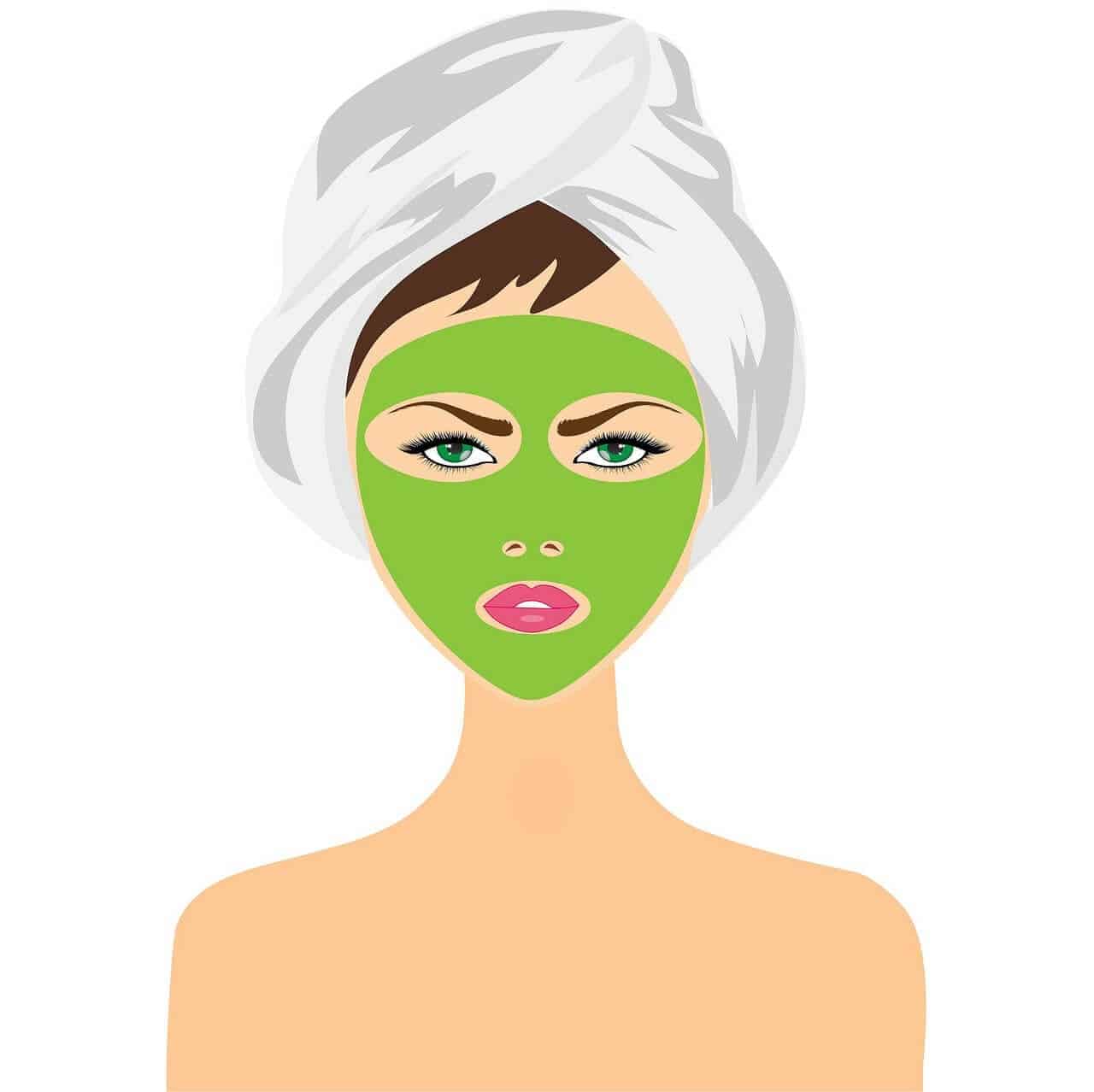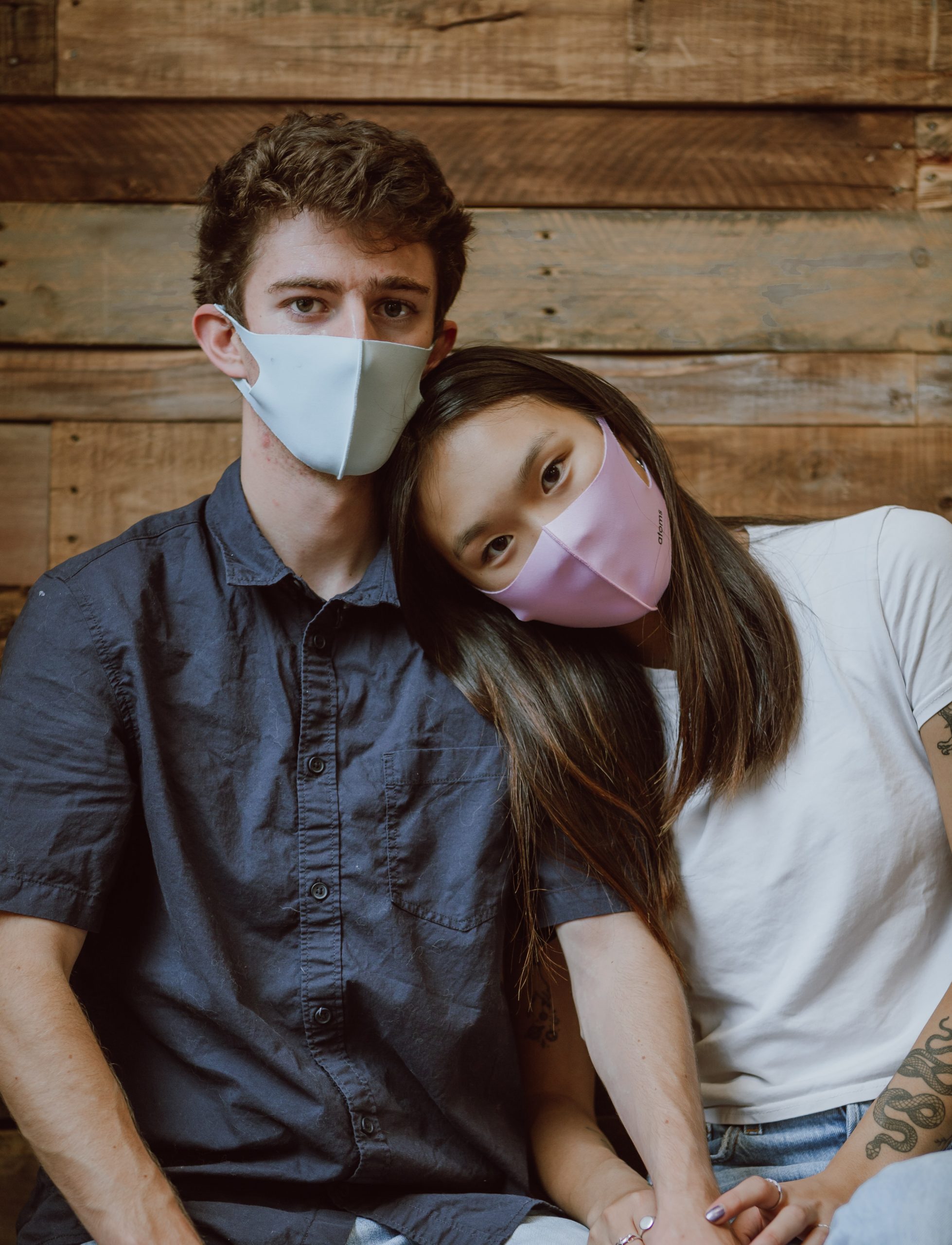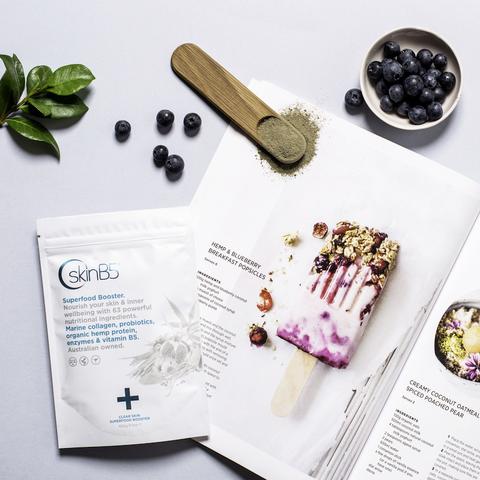Our skin is our largest organ and absorbs what we put on it, so what we put on the ‘outside’ ends up on the ‘inside’. According to the Environmental Working Group (EWG), most people use 9 personal care products per day, with 25% of women using at least 15 each day.1 Some ingredients in skincare products are not so pretty, and may shock you – many cosmetic-ingredients are linked to cancer.2 Each product can contain small amounts of chemicals that when accumulated amount to harmful toxic exposure levels.
Let’s have a deeper look at the potentially harmful ingredients that are commonly found in many products:
Parabens – very clearly linked to breast cancer,3 considered to be an endocrine disruptor and potentially neurotoxic. One to avoid!
Sodium Laurel Sulfate (SLS) and Sodium Laureth Sulfate (SLES) – a very common ingredient found in cosmetic products. Research studies have found this ingredient to be potentially harmful to the nervous system, an endocrine disrupter, an irritant to the skin & eyes, may cause mutations/cancer, and may also be contaminated with 1,4 dioxane which is a possible human carcinogen. It is even listed as ‘moderate concern’ due to organ system toxicity.4,5 Definitely not a pretty one…
Mineral oil – a derivative of petroleum, this is a very common ingredient in moisturisers & lotions due to its viscous nature. Mineral oil is a known skin irritant, and very commonly found to block pores which can cause pimples & blackheads. One particular study showed that moisturisers containing mineral oil increased the risk of tumours by 69%!6
Studies show many more links between harmful ingredients in cosmetic products including things like reproductive problems in infants due to prenatal exposure,7 behavioural problems in children,8 and also the potentially harmful effect on our wildlife of washing chemically-laden products down the drain.9
Unfortunately, many acne treatments contain harmful chemicals – but there is absolutely no need to put a chemical storm on your face. Luckily there’s so much evidence to show that natural chemical-free solutions are extremely effective at reducing the occurrence of pimples, blackheads and acne.
SkinB5’s entire range of skin care products are free from harmful ingredients, including: Parabens, sodium lauryl sulfate (SLS), sodium laureth sulfate (SLES), synthetic fragrances, petrochemicals, silicones, mineral oils, diethanolamine (DEA), urea, peroxide, animal products, and nano particles.
Putting it simply – chemicals and skin care don’t mix. Always choose chemical free cosmetic products to reduce your exposure to the myriad of toxins & chemicals that abound in our current environment.
References:
- Environmental Working Group. Why this matters – cosmetics and your health [Internet]. 2015. Available from: http://www.ewg.org/skindeep/2011/04/12/why-this-matters/
- Konduracka E, Krzemieniecki K, Gejos G. Relationship between everyday use cosmetics and female breast cancer. Pol Arch Med Wewn. 2013 Apr 2;124(5):264-9.
- Darbre PD, Harvey PW. Parabens can enable hallmarks and characteristics of cancer in human breast epithelial cells: a review of the literature with reference to new exposure data and regulatory status. J Appl Toxicol. 2014 Sep;34(9):925-38.
- Mercola.com. Deadly and Dangerous Shampoos, Toothpastes, and Detergents: Could 16,000 Studies Be Wrong About SLS? [Internet]. Dr Joseph Mercola; 2010 Jul 13. Available from: http://articles.mercola.com/sites/articles/archive/2010/07/13/sodium-lauryl-sulfate.aspx
- Environmental Working Group. Sodium Lauryl Sulphate [Internet]. 2015. Available from: http://www.ewg.org/skindeep/ingredient/706110/SODIUM_LAURYL_SULFATE/
- Lu Y-P, Lou Y-R, Xie J-G, Peng Q, Shih WJ, Lin Y, et al. Tumorigenic Effect of Some Commonly Used Moisturizing Creams when Applied Topically to UVB-Pretreated High-Risk Mice. J Invest Dermatol. 2009 Feb; 129(2): 468-475.
- Swan SH, Main KM, Liu F, Stewart SL, Kruse RL, Calafat AM, et al. Decrease in Anogenital Distance among Male Infants with Prenatal Phthalate Exposure. Environ Health Perspect. 2005 Aug; 113(8): 1056–1061.
- Kobrosly RW, Evans S, Miodovnik A, Barrett ES, Thurston SW, Calafat AM, et al. Prenatal Phthalate Exposures and Neurobehavioral Development Scores in Boys and Girls at 6–10 Years of Age. Environ Health Perspect. 2014 May; 122(5): 521–528.
- NIEHS. Endocrine Disruptors. National Institute of Environmental Health Sciences. Research Triangle Park, NC. 2010. Available from: http://www.niehs.nih.gov/health/materials/endocrine_disruptors_508.pdf
/Haley%20Bio%20Pic%20Small.jpg) Haley is a passionate Naturopath & nutrition expert, writer, and mum of 2 young children, with years of experience in the industry. She is a known as a real ‘nutrition nerd’ and follows the latest natural health research. As a Paleo and raw food enthusiast, she coaches people in healthy living, beauty and positive mindset. Haley has personally experienced the benefits of the SkinB5 natural acne treatment system and is happy to offer her guidance to help others regain clear skin. Follow her blog at www.aliveinwonderland.com & link with her on facebook at www.facebook.com/aliveinwonderlandhealth
Haley is a passionate Naturopath & nutrition expert, writer, and mum of 2 young children, with years of experience in the industry. She is a known as a real ‘nutrition nerd’ and follows the latest natural health research. As a Paleo and raw food enthusiast, she coaches people in healthy living, beauty and positive mindset. Haley has personally experienced the benefits of the SkinB5 natural acne treatment system and is happy to offer her guidance to help others regain clear skin. Follow her blog at www.aliveinwonderland.com & link with her on facebook at www.facebook.com/aliveinwonderlandhealth








Leave A Comment